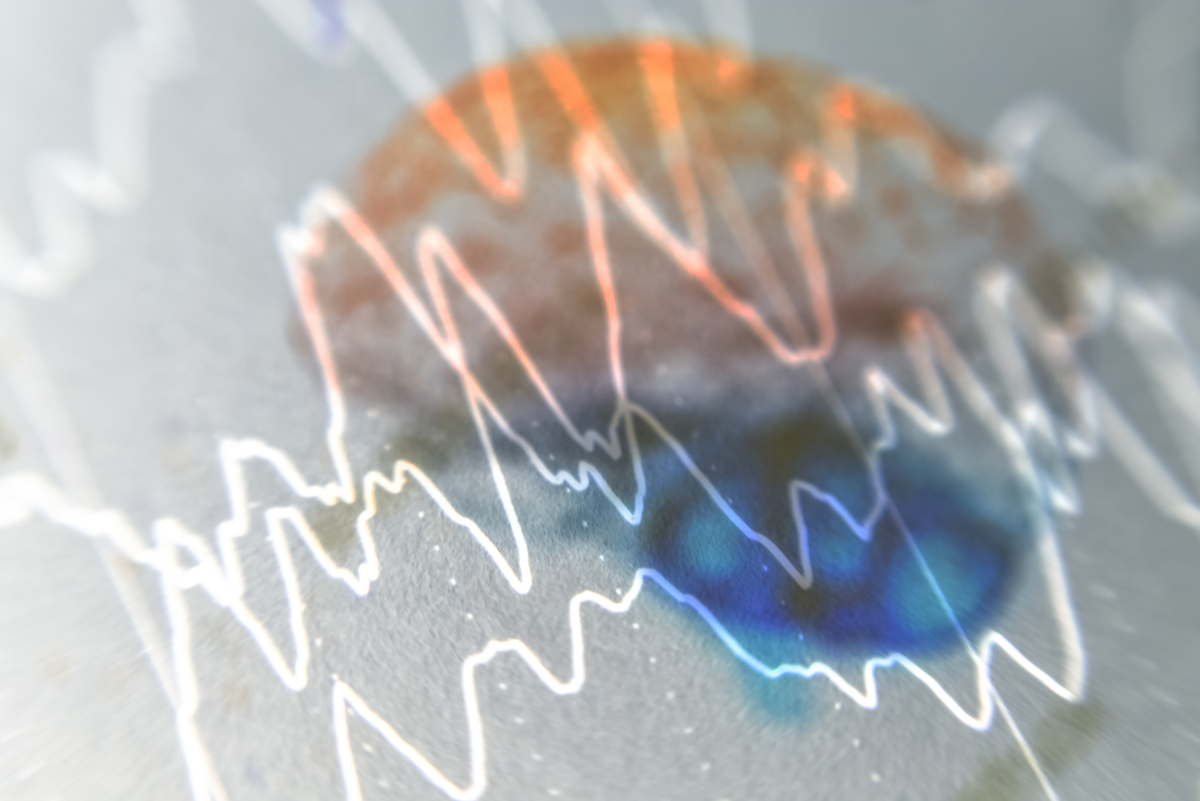The weather-headache nexus
The impact of weather on our well-being is an evergreen topic that resonates widely across all kinds of media. Headaches feature prominently in media coverage on this issue, with migraineurs and tension headache sufferers equally likely to cite weather changes as symptom triggers. In some polls, over two-thirds of respondents report a direct connection between weather conditions and their headaches. Unsurprisingly, lots of research has been done to explore these potential links.
-
References
Hoffmann J, Lo H, Neeb L, Martus P, Reuter U. Weather sensitivity in migraineurs. J Neurol. 2011 Apr;258(4):596-602. Epub 2010 Oct 24.
Holzhammer J, Wöber C. Nichtalimentäre Triggerfaktoren bei Migräne und Kopfschmerz vom Spannungstyp. Schmerz. 2006 Jun;20(3):226-37. Review.
Horvath G, Nagy K, Tuboly G, Nagy E. Pain and weather associations - Action mechanisms; personalized profiling. Brain Res Bull. 2023 Aug;200:110696. doi: 10.1016/j.brainresbull.2023.110696. Epub 2023 Jun 28. PMID: 37391130.
Katsuki M, Tatsumoto M, Kimoto K, Iiyama T, Tajima M, Munakata T, Miyamoto T, Shimazu T. Investigating the effects of weather on headache occurrence using a smartphone application and artificial intelligence: A retrospective observational cross-sectional study. Headache. 2023 May;63(5):585-600. doi: 10.1111/head.14482. Epub 2023 Feb 28. PMID: 36853848.
Kimoto K, Aiba S, Takashima R, Suzuki K, Takekawa H, Watanabe Y, Tatsumoto M, Hirata K. Influence of barometric pressure in patients with migraine headache. Intern Med. 2011;50(18):1923-8. Epub 2011 Sep 15.
Schuh A: Biowetter. München 2007.
Wöber C. Was sind echte Kopfschmerztrigger? MMW Fortschr Med. 2012 Feb 9;154(2):65-7.
Zebenholzer K, Rudel E, Frantal S, Brannath W, Schmidt K, Wöber-Bingöl C, Wöber C. Migraine and weather: a prospective diary-based analysis. Cephalalgia. 2011 Mar;31(4):391-400.






















